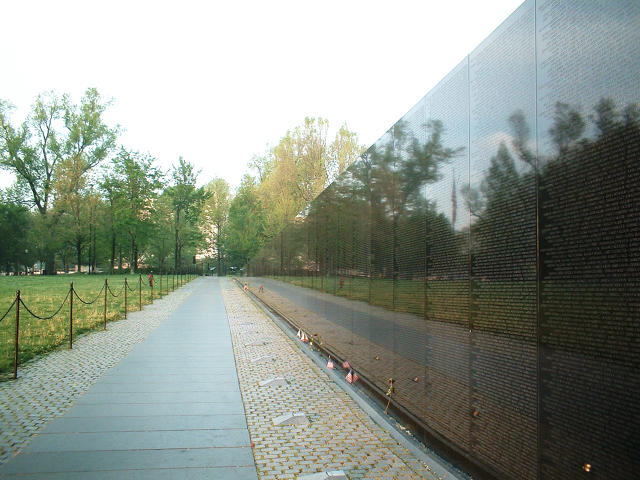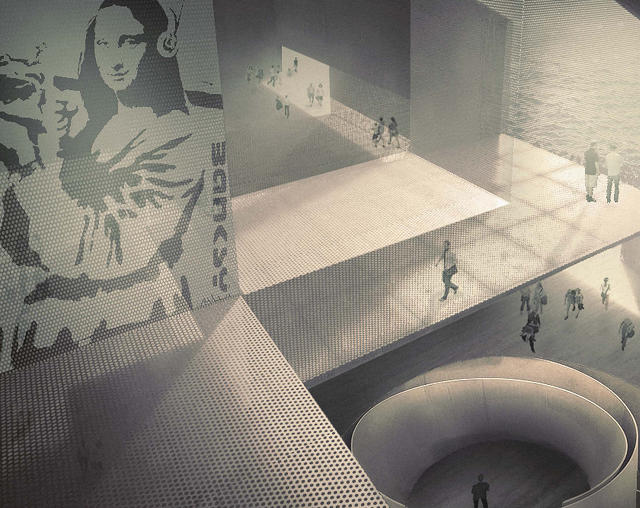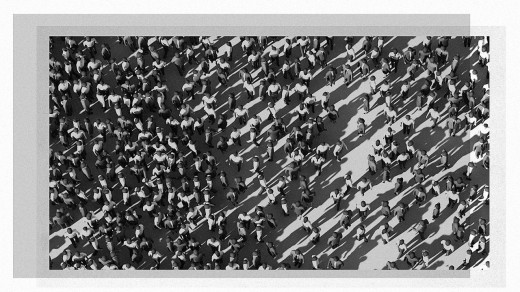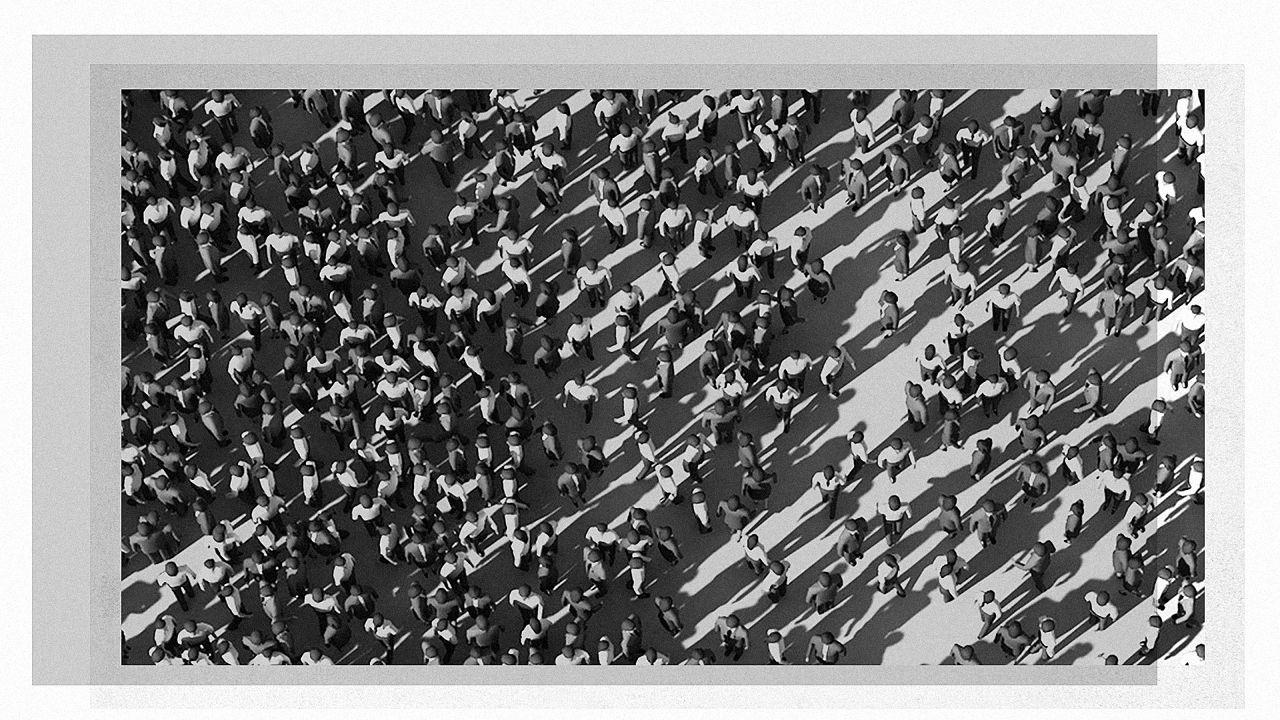The Case Against Open Design Competitions
Open design competitions might seem democratic, but they’re a lot of wasted work by a lot of talented people.
Maya Lin gave the nation its greatest war memorial. Never forget. But today her name is a false flag when it comes to public debates about design.
Lin was 21 years old when she won the commission for the Vietnam Veterans Memorial in an open design competition. Now, whenever leaders and critics name-check Lin in arguments over architecture, they usually do so in calls for free and fair competition—and to decry a modernist they don’t like. Conservatives have summoned Lin in House committee hearings and National Review editorials alike, claiming her as an avatar in their battle against Frank Gehry and the commission that selected him to design the Dwight D. Eisenhower Memorial.
Maya Lin’s many fans on the right aren’t doing architects any favor. Open design contests—such as the competition Congress held for the Vietnam Veterans Memorial in 1980—are terribly overrated in commissioning architecture today. Where monuments, memorials, museums, and other civic structures are concerned, the most democratic path is no longer the best means of making the big calls.

Consider the design contest held by the Solomon R. Guggenheim Foundation for a new museum branch in Helsinki. That contest yielded a staggering 1,715 submissions. Each design rendering represents dozens of hours of work from multiple architects and staffers, totaling millions of dollars’ worth of free labor. Which means that only firms that can afford to give away their work for free can afford to compete.
Just look at the field of entries. In the Guggenheim Helsinki contest, each one is more aggressive than the next in trying to catch the eyes of the design jury. (Mind you, the jurors can’t hope to give all 1,700 individual designs the attention they each deserve.) Plates of spaghetti, floating eyeballs, piles of string cheese—the designs don’t inspire a lot of confidence. Elsewhere, the 74 designs submitted in the open contest for a London bridge are all essentially fancified placeholders: Functionally, structurally, and aesthetically, many of these concepts would never move beyond the rendering stage.
Open architecture contests encourage a downward dynamic in today’s era of computer-assisted design and fully realized renderings. On the one hand, students, small firms, and emerging designers looking for a big win work their asses off on conceptual renderings that they might never be able to build. On the other hand, ginormous firms can throw man-hours at contests all day, doing the bare minimum work necessary and filling in the details only when they win. At either end of the spectrum, it’s a lot of wasted work by a lot of talented people.
Alternatives to open-ended calls for designs can lead to better outcomes all around. There’s the GSA’s Design Excellence Program, for example. Since 1994, the Design Excellence Program has overseen some 1,750 peer-reviewed proposals and selections—including at least six projects by Pritzker Prize–winning architects. Sure, critics have come to vilify the Design Excellence Program as a federal back-door for pre-screened starchitects, but that’s mostly the irrational ire over Gehry’s Ike design talking. (Gehry won the commission through a Design Excellence competition.) By shortlisting qualified talent, the Design Excellence program has fostered, well, design excellence from plenty of lesser-known, emerging architects—such as the award-winning U.S. Land Port of Entry in Warroad, Minnesota, designed by Julie Snow and Matthew Kreilich. (Who? Precisely.)

Here’s another example of good governance in design. The Smithsonian Institution awarded an enormous commission for a large swath of the National Mall to a most unlikely candidate: the Bjarke Ingels Group. While BIG Architects is hardly a scrappy, bootstrapping firm any more, it’s not one that anyone might’ve guessed could compete at the highest federal level. As it happens, the firm won through the time-honored, dreadfully dull request-for-qualifications (RFQ) process, where the architects demonstrated—design unseen—that they had the organizational chops to carry out a $2 billion master plan. It ain’t a commission you want going to a Yale undergrad, but it’s encouraging to see that it didn’t automatically fall to the AECOMs, HOKs, and Genslers of the world.
This much is true: Maya Lin couldn’t have won the Vietnam Veterans Memorial commission except through an open, blind contest. (Namely because she was young, she was a woman, and she was Chinese American.) This much is also true: Conservatives were horrified by the pick. The Reagan administration initially refused to issue a building permit. Only when some boring, heroic, classical bronze sculptures of soldiers were added to the commission (by the contest’s third-place winner, sculptor Frederick Hart) did the Vietnam Veterans Memorial proceed.
People from all points on the ideological spectrum like to claim Lin. For good reasons: Her graceful memorial and underdog biography speak to fundamental American narratives. But plenty of open design contests since 1980 have failed to yield another Lin. It’s hard to say that the hundreds or thousands of hours of unpaid labor are balanced out by echoes of Lin’s triumph, when that narrative is so rare and the waste so extreme.
Committees get what they want. The way to produce better design is to demand that institutions and committees insist on better design, full stop. When they have a freer hand to do so—the time to really survey the field, the budget to push for a little bit more, the imperative to ignore populist rectitude—they pick the visionary stuff. As far as finding new talent goes, a diverse panel of experts knows pretty well where to look. That’s why design commissions that tap regional and private-sector (and diverse) expertise lead the better outcomes than contests built on exploiting free labor. Let’s stop pretending that it takes a haystack to find a needle.
More Essays On Overrated Design
Hate Your Soulless Office Tower? Blame The Seagram Building by Martin C. Pedersen
What Champions Of Urban Density Get Wrong by Inga Saffron
It’s Time For The Minimalist Poster Trend To Die by John Brownlee
No, Flat Design Won’t Save Your Garbage App by Adrian Covert
You’ve All Been Had, Keurig Coffee Is The Devil by Mark Wilson
Beats By Dre Isn’t Great Design, Just Great Marketing by Devin Liddell
Please Stop Making Stupid Smart Jewelry by Kelsey Campbell-Dollaghan
Delightful Interaction Design Needs To Die by John Pavlus
The Thinkpad Is A Lasting, But Overrated, Design by Mark Wilson
[Top Illustration: Photobank gallery via Shutterstock]
Fast Company , Read Full Story
(172)














